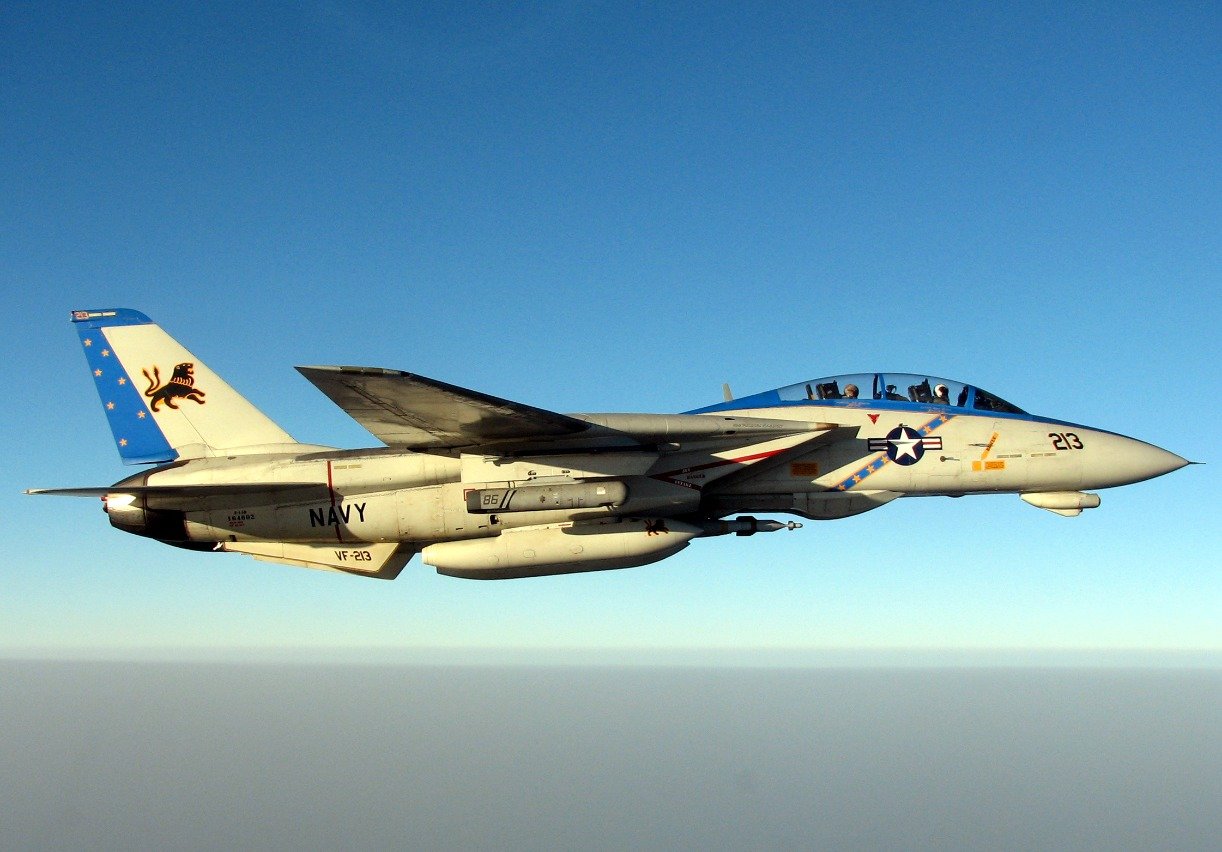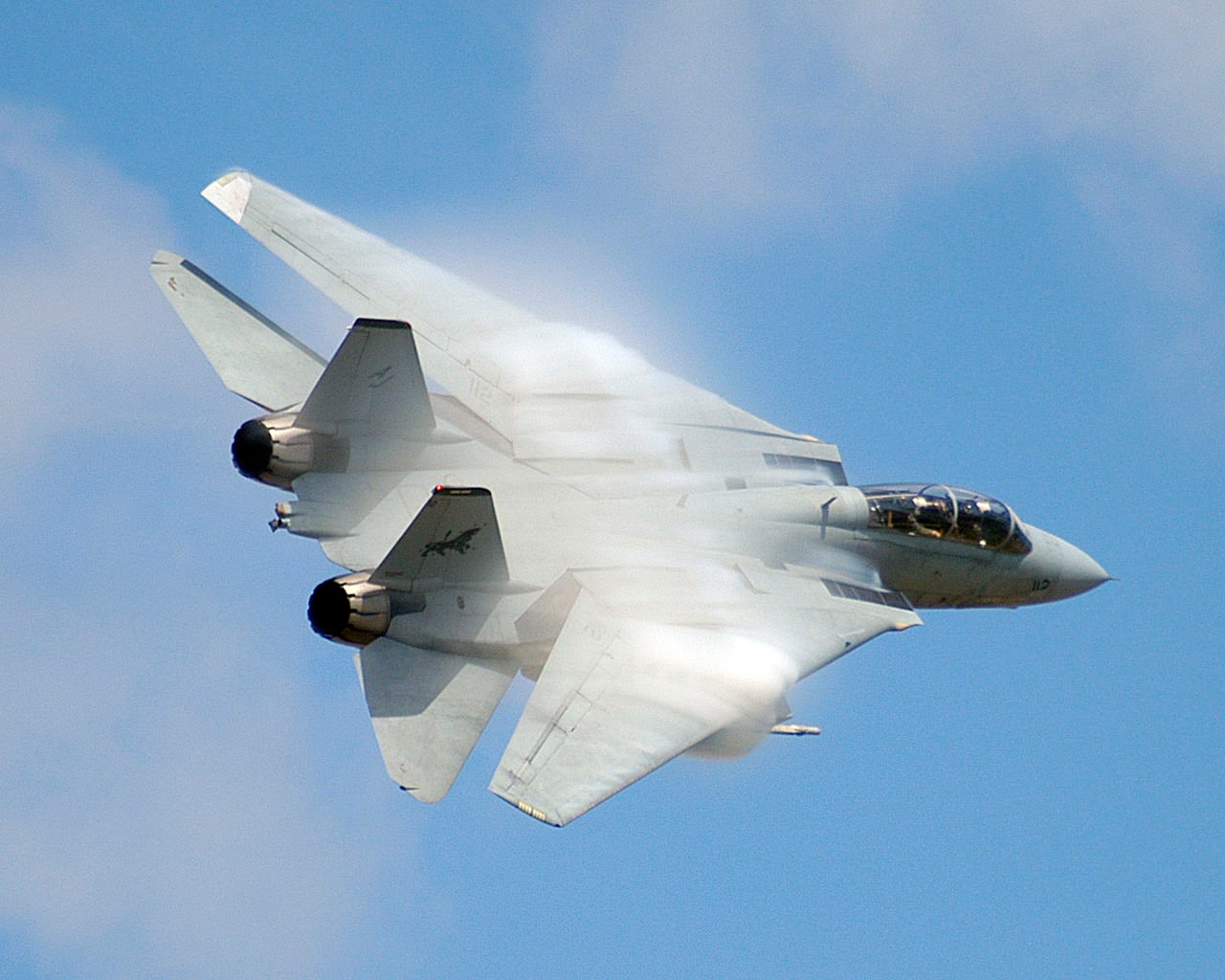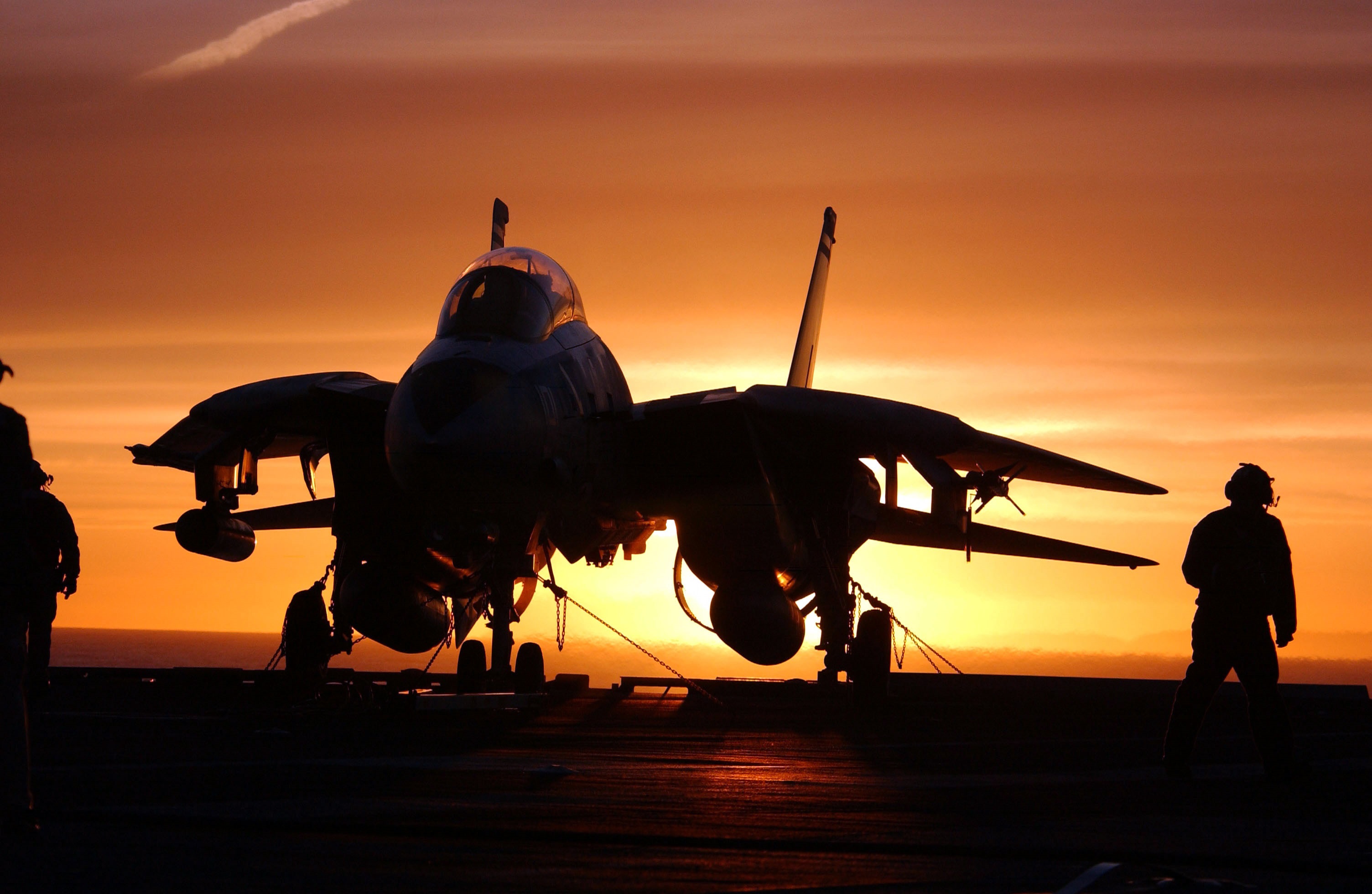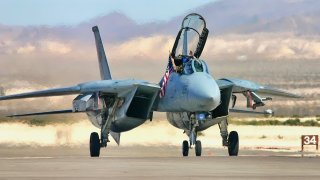F-14D Tomcat: The Aircraft Carrier Fighter Retired Too Early?
The F-14D "Super Tomcat" remains a legendary aircraft, known for its enhanced capabilities over earlier F-14 variants. Introduced in 1991, it boasted advanced radar, targeting systems, and increased air-to-ground capabilities.
What You Need to Know: The F-14D "Super Tomcat" remains a legendary aircraft, known for its enhanced capabilities over earlier F-14 variants. Introduced in 1991, it boasted advanced radar, targeting systems, and increased air-to-ground capabilities.

-Despite its potential, the F-14D's career was cut short as the U.S. Navy opted for the more versatile F/A-18 Super Hornet. The F-14D excelled in operations like Enduring Freedom and Iraqi Freedom but was retired in 2006.
-Though outmatched by no other in its time, the F-14D was replaced by newer platforms, leaving many to wonder what could have been had it remained in service longer.
F-14D Version of the Tomcat -- A True Legend or Overrated?
Thanks to both the “Top Gun” fictitious film franchise and real-world historical combat performance (a 135:4 air to-air kill ratio according to MiGFLUG) the Grumman (now known as Northrop Grumman) F-14 Tomcat is one of the most famous jet fighter aircraft of all-time.
The last version of the Tomcat to go into production and operational service was the so-called Super Tomcat, i.e. the F-14D. She was still a very impressive aircraft, but her career was cut short by the advent of the F/A-18 Hornet series. To put it another way, to answer the question posed in the working of this article, the F-14D wasn’t “overrated,” it was simply shortchanged, and is still very much deserving of the “true legend” label. We now give the Super Tomcat her moment in the sun.
F-14D Super Tomcat: Early History & specifications
The F-14D was first delivered to the U.S. Navy in 1991, 17 years after the original F-14A Eagle made her maiden flight. This final version of the Tomcat had the following upgraded features:
AN/APG-71 radar (which replaced the AWG-9 radar)
Airborne Self Protection Jammer
Joint Tactical Information Distribution System (JTIDS)
Low Altitude Navigation and Targeting Infrared for Night (LANTIRN) targeting system
SJU-17(V) Naval Aircrew Common Ejection Seats (NACES)
Infrared search and track (IRST)
Tactical Air Reconnaissance Pod System (TARPS)
Carrying capacity for four Joint Direct Attack Munitions (JADMs) (thus bolstering the fighter’s air-to-ground strike capabilities)
ROVER III Full Motion Video (FMV) (after 2005; not all D-models received this)
A total of 37 F-14D airframes were built from scratch, and for good measure, 18 of the F-14A specimens received D-model upgrades, and were thus re-designated the F-14D(R). There was also one so-called NF-14D, a former VX-23 flight test squadron aircraft.
Operational Performance
The Super Tomcats didn’t arrive on-scene in time for the 1991 Persian Gulf War AKA Operation Desert Storm, but ten years later they would get the opportunity to make up for lost time and action thanks to Operation Enduring Freedom (OEF), as JDAM-toting Super Tomcats led some of the first strikes into Afghanistan, thus initiating America’s Global War On Terror (GWOT) as retaliation for the 9/11 attacks. Two years later, the F-14Ds saw plenty of additional action in Operation Iraqi Freedom (OIF).

The F-14D’s last combat hurrah took place in a bombing mission carried out by two Super ‘Cats belonging to the aircraft USS Theodore Roosevelt (CVN-71) over Iraq on 8 February 2006. The Tomcat’s swan song in U.S. Navy service (not counting the Iranian Air Force, which still uses the plane to this day) took place on 14 September 2006, carried out by F-14D Bureau Number (BuNu)164603, number 711 of the 712 Tomcats built.
So then, why didn’t the F-14D last longer? My colleague Brandon J. Weichert explains in an 18 October 2024 article for The National Interest:
“The Navy toyed with purchasing a proposed follow-on aircraft to the F-14, the F-21 Super Tomcat. Ultimately, however, the Navy opted to rely on the F/A-18 Super Hornet. Today, they are transitioning from the Super Hornet to the F-35 Lighting II…It should be noted, however, that not even the fifth-generation F-35 warplane can match the prowess and specific capabilities that the Navy enjoyed with the F-14. There are even some reports that the Navy has been supremely dissatisfied with the capabilities it lost after the final flight of the Tomcat in 2006."

F-14D: Where Are They Now?
As far as I have been able to ascertain, there are a total of 19 F-14Ds – including F-14D(R)s and a NF-14D – still surviving today, including:
-BuNo 164343, at the Evergreen Aviation Museum, McMinnville, Oregon
-BuNo 163897, at the Aerospace Museum of California, McClellan Airfield (formerly McClellan AFB and current Coast Guard Air Station Sacramento), California
-BuNo 159610, at the Smithsonian National Air and Space Museum, Steven F. Udvar-Hazy Center, Chantilly, Virginia (a tour I can personally vouch for from having done it several times). This particular proud warbird, one of the D(R) upgraded jets, was one of those involved in the Second Gulf of Sidra Incident in January 1989 (in which two Libyan MiG-23 Floggers were felled).
-The aforementioned BuNo 164603, AKA “Felix 101,” at the Cradle of Aviation Museum, Garden City, New York.
About the Author: Christian D. Orr, Defense Expert
Christian D. Orr is a Senior Defense Editor for National Security Journal (NSJ). He is a former Air Force Security Forces officer, Federal law enforcement officer, and private military contractor (with assignments worked in Iraq, the United Arab Emirates, Kosovo, Japan, Germany, and the Pentagon). Chris holds a B.A. in International Relations from the University of Southern California (USC) and an M.A. in Intelligence Studies (concentration in Terrorism Studies) from American Military University (AMU). He has also been published in The Daily Torch , The Journal of Intelligence and Cyber Security, and Simple Flying. Last but not least, he is a Companion of the Order of the Naval Order of the United States (NOUS).
Image Credit: Creative Commons and/or Shutterstock.


